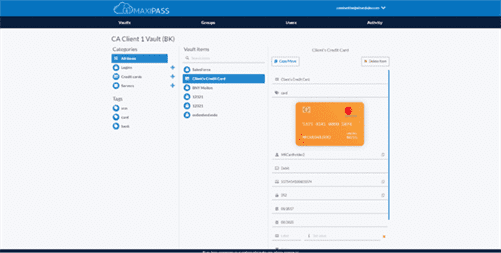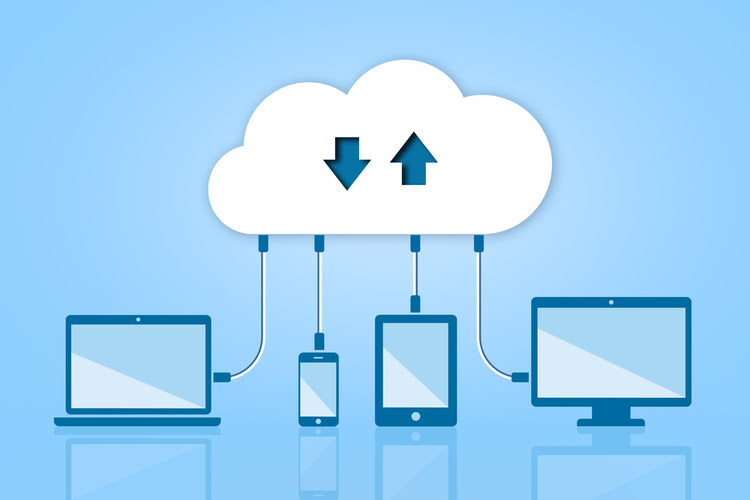When To Make Use Of And When To Not Use Docker?
Containers have a small resource footprint, which means your infrastructure can do extra with much less. And, as a result of every container contains the precise variations of software program it needs, you don’t have to worry about conflicting dependencies. The all too familiar frustration of “it works on my machine” could cause software program delivery delays and hinders collaboration. This ensures that software will perform persistently throughout the complete development process, regardless of the underlying environment.
Containerization options like Docker, on the other hand, get rid of this problem. The term ‘sandbox’ refers to a computing environment in which every thing that happens inside it stays contained in the sandbox. If you run ‘rm –rf’ contained in the sandbox, the contents of the sandbox shall be deleted, however the host system that has the sandbox shall be unaffected. You should still want to install Node locally for IDEs to provide syntax help, or you ought to use a CLI editor like vim inside the container. I’m certain your initiatives will benefit from having a normalized development expertise, and now you have not any excuse to not do it.
- And, as a end result of each container consists of the exact versions of software it wants, you don’t have to worry about conflicting dependencies.
- Before they can start coding they need to arrange their native growth setting for the project – eg.
- The platform’s powerful visual growth environment lets you design data models, enterprise processes, and user interfaces without writing any code.
- A container stores an application’s supply code, libraries, and runtime setting.
But it doesn’t automatically change the design of the app, or the method it interacts with other apps. Those benefits solely come through developer effort and time, not only a mandate to move every little thing into containers. Docker containers make it straightforward to put new variations of software program, with new enterprise options, into production quickly—and to quickly roll again to a previous model if you have to. They also make it easier to implement strategies like blue/green deployments. If your growth team is just a one-man army, the advantages of Docker shall be smaller. Docker helps to ensure that all the builders have access to all the required bits and pieces of the software program they work on.
With IBM Cloud Satellite®, you presumably can launch consistent cloud providers anywhere — on premises, on the edge and in public cloud environments. Containerization is a technology that is having fun with big reputation in the tech world – and Docker is a renowned player of it. You must know that quite a few IT giants are providing varied enriching profession alternatives to Docker professionals. The major cause behind such an immensely rising demand for Docker is that it actually resolves the cult downside of every growth group – “It works on my machine…!! As developers, we’d like and are entitled to fast suggestions cycles for either TDD or to write down iterative code. It is an extremely annoying feeling to be continuously taken out of the zone because the pc turns into the bottleneck and a liability.
Many apps that used to run in a VM can be moved right into a container, but that doesn’t mean all of them can or ought to. If you’re in an business with heavy regulatory requirements, for example, you might not be in a position to swap containers for VMs, as a end result of VMs present extra isolation than containers. That means each easy scaling to meet demand and easy updating to add new features as the enterprise requires. If a minimum of a number of the above statements are true in your initiatives, you must most likely give Docker a try. So, we’ve answered the question “why use docker?”, and as we will see – it might be useful for the majority of internet improvement initiatives, however there are also some instances when it will not deliver lots of worth. And in such circumstances, notably on the next or organizational degree, frequently end in a number of conflicts and challenges all through the software program growth life cycle.
Docker Allows More Efficient Use Of System Sources
To do this, create a dockerfile and put your whole project surroundings dependencies there, issues like NodeJS, Git, Python, so on… You also can use docker-compose should you depend upon different containers. GitHub is a repository internet hosting service, well known for software improvement tools and as a platform that fosters collaboration and communication. Users of Docker Hub can create a repository (repo) which may hold many images. The repository may be public or non-public, and could be linked to GitHub or BitBucket accounts. AppMaster.io is a no-code platform that enables customers to create backend, web, and cell purposes.

This platform does not require independently configuring dependencies and infrequently automatically installs required dependencies and iteratively runs required activities. Docker makes it easy to deploy the appliance as a end result of it has put packages and libraries in Docker containers. Only the developer must run the Docker picture to process the Docker container and deploy the appliance. Docker is really handy in case your software program consists of multiple components. It makes it simpler to install these and hold track of all the dependencies. Someone has to arrange the preliminary project setup for Docker (Dockerfiles, docker-compose.yml, entry points, and so forth.) and maintain it in the future.
Why Use Docker For Development?
Using the SBOM, you may also monitor your fleet of containers for recognized vulnerabilities. When a new vulnerability is found, you can rapidly tell which of your containers are affected, which makes the response faster. Containers additionally present isolation, micro-segmentation, and different zero-trust techniques, which reduce your assault floor and restrict the influence of exploited vulnerabilities. The Consortium for Information & Software Quality estimates that poor software high quality has price the United States financial system $2.41 trillion. Two of the highest causes are criminals exploiting vulnerabilities and provide chain problems with third-party software.

Containers are made potential by course of isolation and virtualization capabilities constructed into the Linux kernel. When you create an utility with AppMaster.io, the platform generates supply code for the functions, compiles them, and packages them in Docker containers. This process makes it easy to take care of and execute the applications with consistent efficiency, even when deploying to completely different internet hosting environments. In summary, Docker makes it easy for builders to containerize their functions, providing a reliable and environment friendly approach to package deal, distribute, and run software in a consistent and moveable manner. With an understanding of fundamental Docker ideas corresponding to containerization, photographs, Dockerfiles, and containers, we’ll discover using Docker for web improvement in the following sections.
Modifying And Increasing The Project
Docker containers are far more safe than any ordinary app by default. Even, a container can’t entry the info of another containers with out having licensed entry. Thus, on the earth of development in expertise, all the companies given to the clients over the internet require one thing that may help us reduce the deployment time and use the minimal resources of our system. Container, then again, is software that bundles up code and all of its dependencies so that programs may function rapidly and reliably in different computing environments. However, container runtime flags that define container name, port mapping, and volume mounting nonetheless need to be specified with docker run.

Docker, which is executed on high of the working system, is in command of the container (Windows 10, Windows Server 2016, or Linux). If the picture just isn’t current locally, Docker issues docker pull within the background to obtain it from Docker Hub. The –rm flag routinely stops and removes the container once the container exits. The combined -i and -t flags run interactive processes corresponding to a shell. The -i flag retains the STDIN (Standard Input) open whereas the -t flag lets the process faux it’s a text terminal and pass along alerts.
The standardization, consistency, and security containers convey instantly impression software delivery time. With fewer issues to deal with (bugs, compatibility issues, maintenance, and so forth.), builders can focus on extra meaningful duties and finally deliver options to prospects quicker. All of this helps improvement teams work extra efficiently, collaborate effectively, and ship higher-quality software program.
In easy words, what the constant setting here means is that the Docker image created by you during any improvement stage will work similarly in different SDLC phases additionally corresponding to testing, production, and so forth. Multiple layers of safety can be added to an software by the developer, and unauthorized individuals are not permitted to access the user’s information. Without authorization, even one container can’t access the info of another container.
On the other facet, development teams consider bringing new features of Docker and upgrades. Unfortunately, deploying code that introduces environment-dependent issues regularly jeopardizes the application’s reliability. Organizations are increasingly embracing a containerized framework to attenuate this inefficiency, which permits them to develop a stable framework. In the event that you just wish to work together with the server within the container or modify the Node project, you want to execute instructions towards the working container utilizing docker exec and the working container ID.
Why Use Docker Containers
No want for time-consuming set up or debugging compatibility issues. Since docker is constructed on containerization technology, it’s each scalable and flexible. Each container has its personal set of configurations and dependencies packed inside it, which makes it easier to run multiple https://www.globalcloudteam.com/ situations of the same containers concurrently. This implies that it’s quite simple to deploy docker pictures throughout multiple servers. Similarly, the up-gradation strategy of the app is easy with Docker.
So earlier than your growth team starts to complain about Docker, let them read our free ebook Docker Deep Dive – they will thanks later. Docker might speed up your improvement process significantly, however what is docker in software development not necessarily your app itself. Although it helps with making your application scalable, so more customers will be capable of use it, the only occasion of your app will often be just a hint slower than with out Docker.
It’s frustratingly widespread to hitch a project and undergo a full day of onboarding. Docker is so in style at present that “Docker” and “containers” are used interchangeably. But the first container-related applied sciences were obtainable for years—even decades (link resides exterior IBM)—before Docker was launched to the common public in 2013. This post will elaborate on why we have to use Docker for growth. If you place an old school monolithic or SOA-style app in a container, you discover yourself with, properly, an old app in a container.

